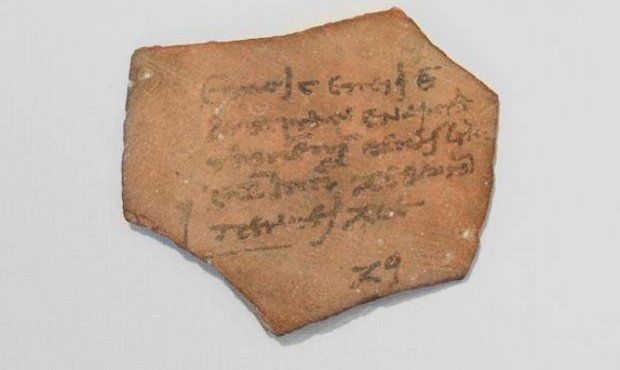Not long ago, researchers excavating an archaeological site in Egypt came across an ancient receipt written on a piece of pottery. The receipt, dating back to July 22, 98 BC, is for a land-transfer tax amounting to 75 talents plus a 15-talent added charge.
The name of the person who paid this tax and was handed the receipt remains a mystery. However, archaeologists have reasons to believe that he was among Ancient Egypt's wealthiest residents. Hence the fact that he could afford the 90-talent total.
Since paper money did not exist in Ancient Egypt, whoever this person was must have paid his land-transfer tax in coins. Given the considerable sum of money he had to cough out, researchers estimate that he parted with about 100 kilograms (220 pounds) of cash.
Thus, it is understood that, in those days, 1 talent was the equivalent of 6,000 drachma. In turn, the largest denomination coins were worth about 40 drachmas. This means that, to pay his tax, this guy needed about 13,500 40-drachma coins, each weighing about 8 grams (roughly 0.3 ounces).
As detailed by Live Science, the money was handed to a public bank in the ancient city of Diospolis Magna. Given how wealthy he was, chances are the man who paid this impressive land-transfer tax did not carry the money himself, but instead had somebody accompany him to the bank and bring the cash with them.

 14 DAY TRIAL //
14 DAY TRIAL // 

